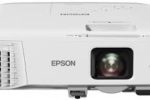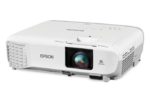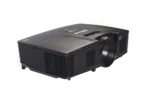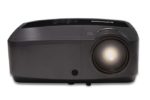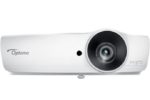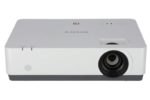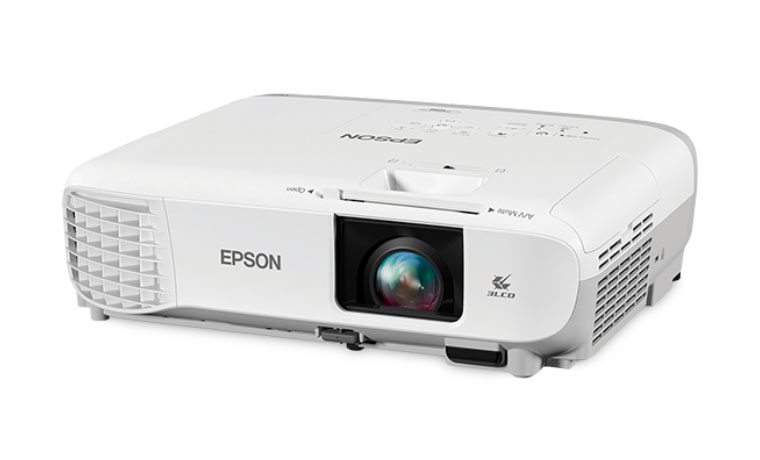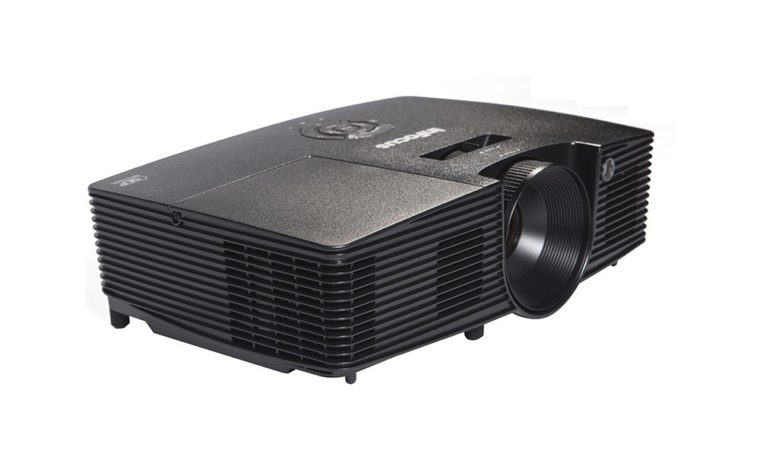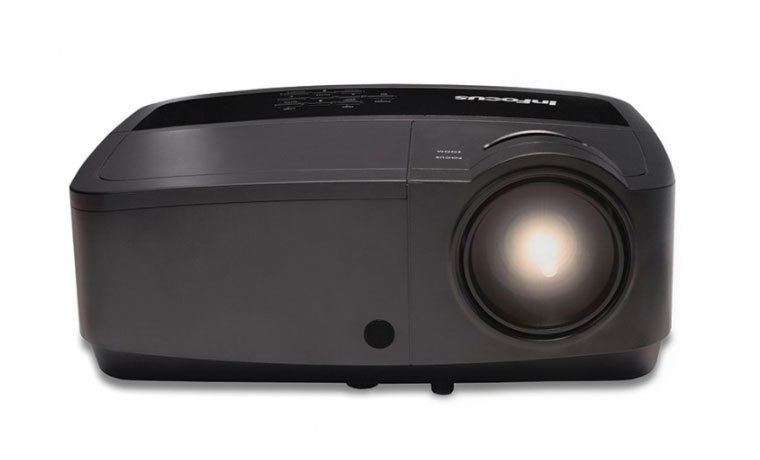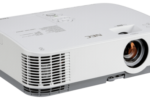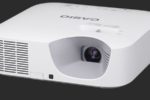This group of projectors includes six relatively small, fixed install / portable projectors that represent the “standard” type of projector that gets installed in today’s K-12 classrooms and some small college classrooms as well (and conference rooms in the business world). Some are small and light enough to be good portable solutions if needed, others are a bit bigger/heavier, making them someone mobile (anything under 10 pounds we consider to be at least somewhat portable).
This year’s collection of six “standard” projectors truly are traditional projectors. In some years we have a "pocket" projector, or two, in the report, mostly because we know there are a few environments where a teacher may be traveling from school to school, and needs something really small and light, and often something that can run a couple of hours on batteries. This year, though, none of those made it into this report. So, call these traditional or standard K-12 projectors. All six, therefore are lamp based projectors, although in the past we've had Casio's which use LED/Laser hybrid light engines, in this class of projector. This year, however, the only Casio competes in the Higher Ed/Large Venue "Class."
The projectors are presented here in alphabetical order.

